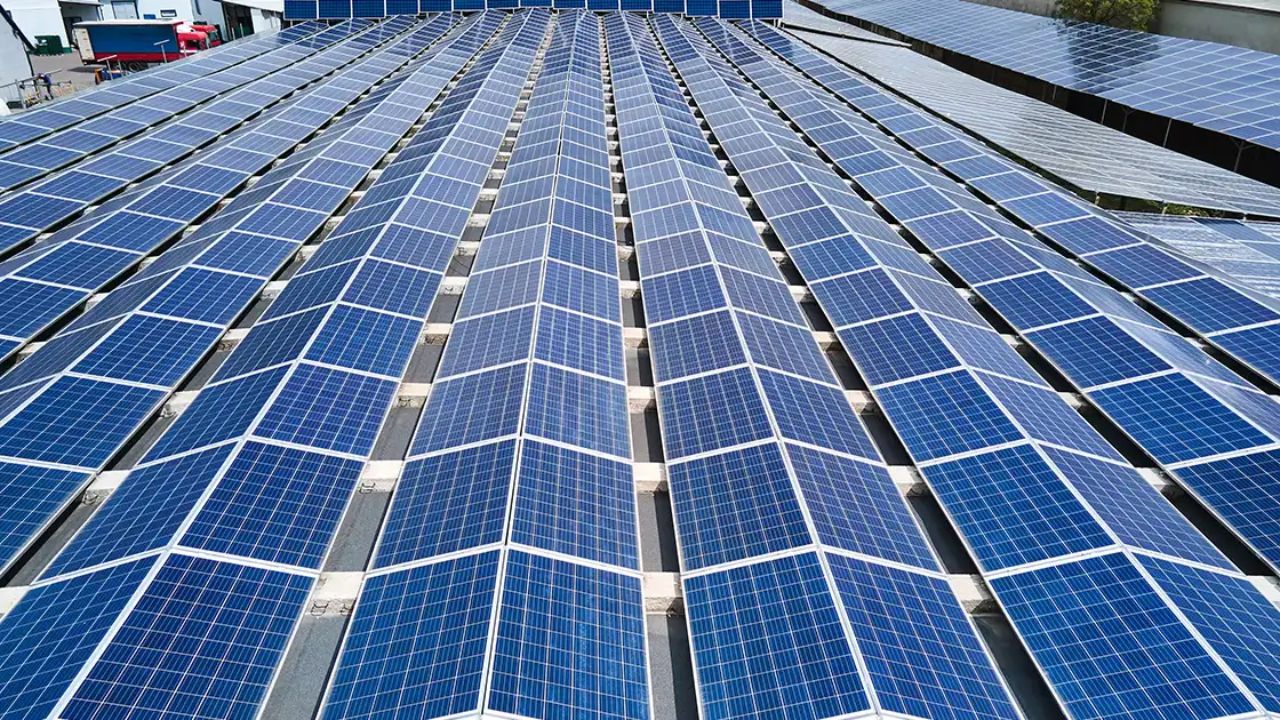BIPV or building-integrated photovoltaics is a new concept that changes the way buildings produce electricity by integrating solar power systems into the structure of the building. This means roofs, walls, and even glass can produce electricity from light, and thus structures are not only shelters where people live and offices work, but also power plants. BIPV system manufacturers produce integrated solar solutions that seamlessly blend with building structures, offering sustainable energy generation capabilities. This technology increases energy conservation by using renewable energy sources and turns the normal building materials into energy producers. This article highlights the variety of applications for this innovative technology.
Roofing Revolution
Conventional roofs are now replaced with BIPV products that incorporate solar cells into roofing systems. This integration does not only serve the purpose of beautification but also optimizes the design to capture the sun’s rays. From solar tiles to shingles, BIPV roofing solutions are practical and aesthetic, making them attractive to green-minded homeowners and builders.
Combined Efficiency with Design
BIPV goes beyond roofs to include building faces, which are generally inactive in energy generation. Solar glass windows and photovoltaic facades are making tall towers and business structures power stations right on their exteriors. These installations not only minimize carbon footprints but also improve the architectural beauty by integrating kinetic, efficient skin.
Windows into Sustainability
The use of BIPV in windows and skylights is beneficial in allowing natural light into buildings while at the same time producing solar energy. Modern solar glazing technologies allow to use of solar radiation for the heating while using the building at the same time, which also plays a great role in saving energy. BIPV panels installed in skylights contribute to better indoor lighting and help minimize artificial lighting usage in buildings.
Versatility in Application
BIPV is applicable in any structure part of a building such as the conservatories, trellises, balconies, and railings among others. Thus, by incorporating photovoltaic materials into these structures, the functionality of the building is improved, while the architectural appeal remains unaffected. All of these applications not only add extra generation power to the building but also extend the sustainability of the building not only in the residential sector but also in the commercial sector.
Future Innovation with BIPV
With the increasing trend of green building solutions, BIPV has remained relevant as new materials and designs are developed. Future developments include thin-film solar foils and BIPV systems that can be easily integrated into different types of buildings. Therefore, BIPV is set to become one of the key technologies in the future of energy-efficient architecture on a global level given the continuous research and development.
Conclusion
In conclusion, BIPV is a paradigm shift in sustainable building design whereby building surfaces are utilized to produce clean power. Starting with roofs and ending with façade, windows, and balconies, BIPV applications not only increase energy efficiency but also open new possibilities in architecture. With the development of technology and increasing concern for environmental issues, BIPV is leading the way to bring renewable energy systems into cities, making the world a better place. This is good for the present as well as secure the future.
